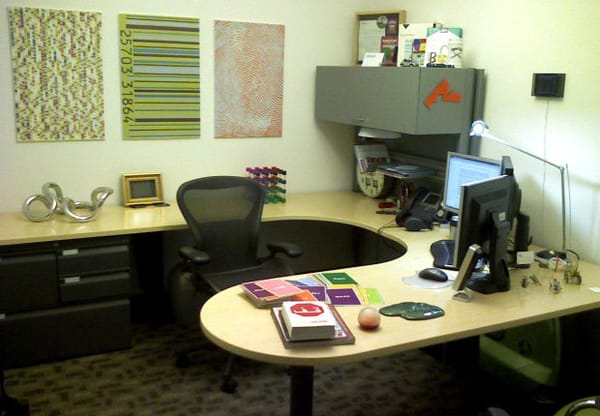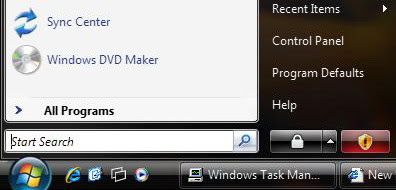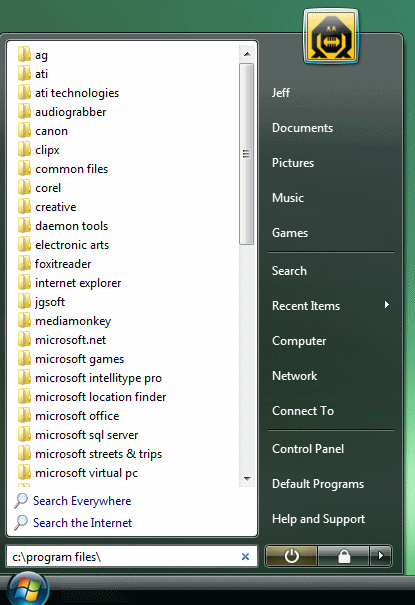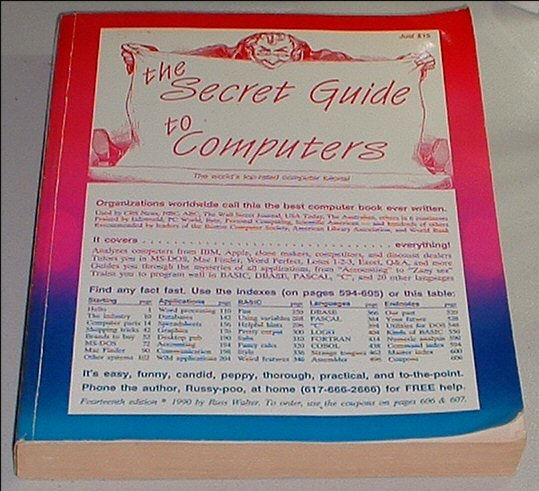
programming languages
Five Things You Didn’t Know About Me (and my office)
I’ve been reluctant to respond to the Five Things You Didn’t Know About Me meme. I generally take Kathy Sierra’s advice when it comes to describing my background: How many talks do you see where the speaker has multiple bullet points and slides just on their background?









